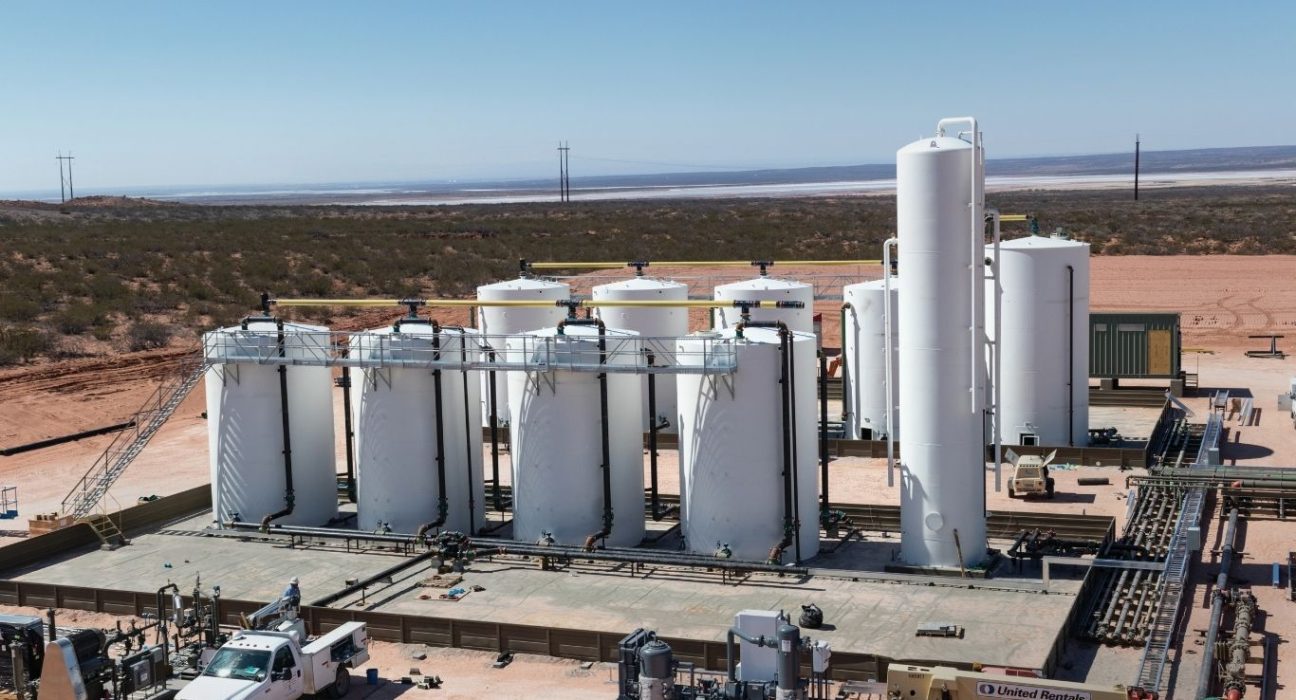Introduction
Natural gas futures market is a vital component of the energy industry, which enables market participants to hedge against price fluctuations and manage risks associated with supply and demand. CME Group is a leading exchange platform that provides trading services for natural gas futures contracts. In recent days, the market has witnessed a decline in open interest and a rise in volume, indicating a changing trend. In this article, we will analyze the latest figures from CME Group and provide insights into the market trend.
Market Analysis
According to the latest figures from CME Group, the open interest for natural gas futures contracts shrank by more than 8K contracts on Tuesday, indicating a decline in the number of outstanding contracts that market participants are holding. The reduction in open interest could be attributed to profit-taking by traders who had long positions in the market or a decrease in new participants entering the market. However, it is noteworthy that the decline in open interest was not unexpected, as the market has been exhibiting a bearish trend in recent days.
In contrast, the volume of natural gas futures contracts increased for the second consecutive session, rising by around 29.7K contracts. The rise in volume indicates an increase in trading activity among market participants. It could be due to the presence of speculators who are taking advantage of the price volatility in the market or commercial participants who are hedging against future price movements. The increase in volume could also suggest a shift in market sentiment from bearish to bullish.
Market Trend
The decline in open interest and the rise in volume indicate a changing trend in the natural gas futures market. However, it is important to note that these figures do not necessarily provide a complete picture of the market trend, as other factors could influence the market. For example, weather patterns, geopolitical events, and economic indicators could impact the supply and demand of natural gas, leading to price fluctuations.
In recent days, the market sentiment for natural gas futures has been bearish, as the demand for natural gas has been lower than expected due to mild weather conditions. Additionally, the increasing supply of natural gas from shale formations in the US has added to the oversupply in the market. These factors have led to a decline in prices and a reduction in open interest.
Conclusion
In conclusion, the natural gas futures market has witnessed a decline in open interest and a rise in volume, indicating a changing trend. The reduction in open interest could be attributed to profit-taking by traders or a decrease in new participants entering the market. The increase in volume could be due to speculators taking advantage of price volatility or commercial participants hedging against future price movements. While these figures provide some insight into the market trend, other factors could influence the market, and it is essential to keep an eye on these factors to make informed decisions.










